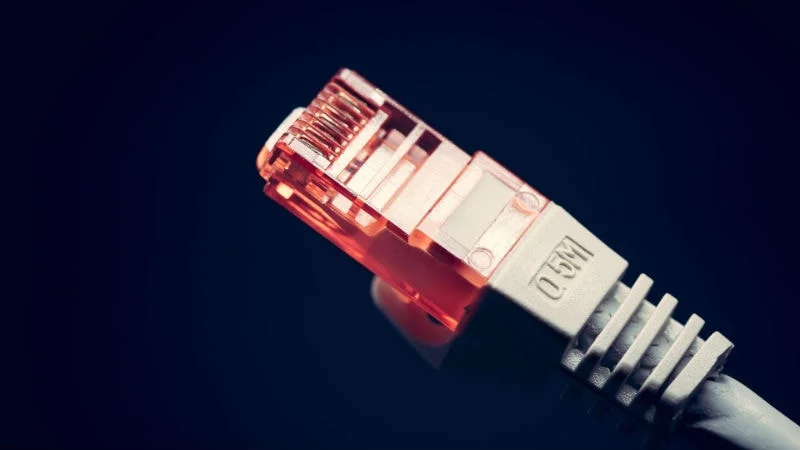In the run-up to the launch of the FTTH based, JioFibre broadband service by Reliance Jio, the broadband industry has gone extremely competitive. This is apparent in the sector as we are getting to see new plans, offerings and discounts from the broadband service providers and telecom operators. However, there is also the matter of which kind of plan the subscribers want to use. Because long gone are the times when the landline method was the only way to get an affordable broadband connection. With the fibre-optic cable becoming a mainstream thing in the market, it has become a question in the mind of many subscribers as to which option they should go for - a landline-based connection or a fibre-based connection. The difference between the two lies in the kind of technology both of these methods use. Here is how they compare.

Understanding Cable Broadband Connections
When it comes to cable broadband, the connection uses simply what the name implies. The cable broadband connection is based on a co-axial cable which is used to connect your home to the internet. It is worth noting that co-axial cables are based on a technology which has long existed and it is simply a copper wire wrapped in an insulation which has been adopted most widely in the DOCSIS 3.x standard. These cables have been in widespread usage majorly for the transmission of cable TV signals. So, if you have a cable TV connection, then you can most certainly recognise this kind of technology. Although this technology is in widespread usage right now, there are somethings which it is susceptible to which pose a little hindrance while facilitating high-speed internet connections.
Differences Between Cable Broadband and Fibre-Optic Technology
On the other hand, we have the fibre broadband connections which are based on fibre-optic cables. So, instead of a co-axial cable being used for last mile connectivity, the fibre broadband connection uses a fibre-optic cable for last mile connectivity. The fibre-optic cable uses an interesting technology, wherein it uses light to transmit information. So, instead of signals which are sent over the copper cable in case of cable broadband, the signals are sent by reflecting through the fibre-optic cable which is much faster and lossless. There is also a difference in the quality of transmission as the cable signals are much more prone to disturbances from the external factors and noises, whereas that is not the case with fibre broadband,
These advantages of fibre broadband not only increase the speeds and the connection quality for the end user, but it also saves money for the broadband companies as they do not have to install repeaters more often to enhance the signals of the connection. The major difference is in terms of speed since copper cables, such as Cat5e and Cat 6, can provide Gigabit speeds (1Gbps), signal quality and speeds both take a hit after about 100mts (around 325ft). Whereas, the fibre-optic cable is able to retain the signal for long with much attenuation and crosstalk. However, with all these advantages, fibre-optic is harder to repair in case it gets damaged during maintenance or construction.
Fibre Broadband and Cable Broadband: Pricing
When it comes to pricing and availability also, it is worth noting that in most tier II and tier I cities, the cost difference between fibre and cable broadband is negligible, and most telecom operators and broadband service operators are providing FTTH (Fibre-to-the-Home) connections. There are also the factors to consider that cable and DSL based broadband connections are not able to match the speeds which fibre-based broadband provides. Even though the cable broadband internet might be a little cheaper, the negligible cost difference and other factors point us towards the choice of fibre-based broadband as being the much better one.
One of the best examples for this can be seen on the BSNL broadband portfolio, which offers both DSL and fibre connections. While the DSL broadband plans offer a maximum speed of up to 24 Mbps, the BharatFibre connection goes as high as offering up to 100 Mbps speed on its plans and offers much more options. Hence, it can be said that if you are thinking of getting a new broadband connection and you seem to be confused between cable broadband and fibre broadband connection, then fibre is the way to go.















